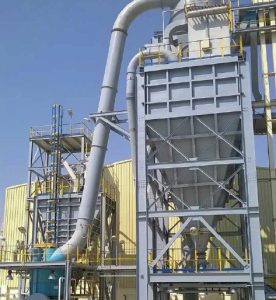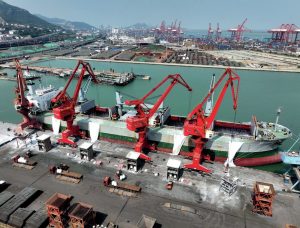
Major phosphate expansion announced
Chemical Industries of Senegal (ICS) has launched two projects to increase phosphate fertilizer production in the country. At a company event, new managing director Mama Sougoufara said that between 2014 and 2023, ICS has expanded production to 2 million t/a of phosphate rock, 600,000 t/a of phosphoric acid, and 250,000 t/a of phosphate fertilizer. The new expansions, with a price tag put at $475 million, include a plant at Mbao to increase fertilizer output from 250,000 t/a to 600,000 t/a, as well as a new phosphate rock processing plant, increasing output by 300,000 t/a. The company has seen its financial situation improve in recent years thanks to its takeover by the Indorama Group, though the Senegalese government retains a 15% stake.









